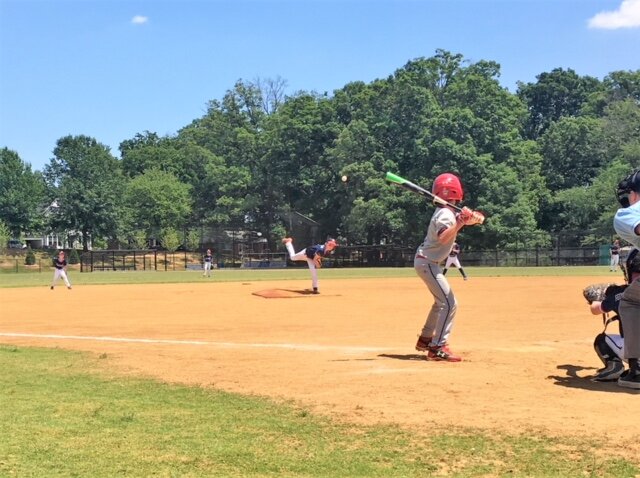Tips for Safely Returning to Youth Sports Following Time Off Due to Covid Crisis
As restrictions start to ease, it is looking more and more likely that kids will have the opportunity to return to some form of organized sports this summer. This is certainly great news as both kids and parents are looking forward to a safe return to youth sports. As we make this transition, the need to ease athletes back into activity after a long time away from sports is crucial to help reduce the likelihood of injury.
Looking at injury rates in the German Professional Soccer League (one of the first major professional leagues to return to play), it is clear that injury is a significant risk. In their first week of competition, injury rates went from .27 injuries per game to .88 injuries per game, a 226% increase! (trackademic.com). Though some of this increase was due to inconsistent reporting of injury, it is still clear that there is increased risk returning to play after the pandemic.
Closer to home, a paper in Journal of Orthopedic Sports and Physical Therapy showed that in 201, after the NFL lockout when the preseason was shortened from 14 weeks to 17 days, players suffered four times as many achilles tendon ruptures early in the season.
Excessive workload has shown to be a major risk factor in sports injury. In the baseball world, we have seen pitch counts implemented to help control workload. What research is showing us, however, is that even more important than the number of pitches is the delta or change. What this means is though pitch counts may say a player can throw 45 pitches on a given day, if they have not been pitching or even throwing, those 45 pitches may put that player at significant risk.
Tips to help prepare your youth athlete for return to sports.
Get moving! First and foremost get your athlete exercising. Most leagues are still several weeks away from starting up so there is still time to get ready, but you must start soon. General exercise to build a cardiovascular base is important along with some sport specific movements. Sprinting and change of direction activities is key to most sports. For the younger kids, obstacle courses in the backyard are a great way to get them moving in a variety of movement patterns. Another consideration should be to get your athlete exercising in the footwear they will be using for their sport. For baseball, softball, soccer that should be cleats, while court sport athletes should be wearing court shoes when they can.
Monitor workload. Don’t go overboard with training right away. If you haven’t been active, ease into it. Dr. Andrew Pearle, the Chief of Sports Medicine at the Hospital for Special Surgery, recommends a ramp up of no more than 10% per week. You can use work out time for general conditioning and number of throws for baseball/softball throwing.
Warm up/cool down. This is going to be a tricky one as social distancing restrictions may mean significant restrictions on access to fields or courts before and after games. This may make warming up and cooling down difficult or impossible. It will be essential that you have your athlete perform a warm up before they get to the field and cool down after. Generally speaking, performing 8-10 minutes of dynamic movement such as walking lunges, light jogging or a backyard agility series as shown on the video below is good to warm up before practices or games. Static stretching is best after. *
*You should always consult your own physician or health care provider before engaging in any exercise program
It’s terrible to think that after missing months of their sport due to Covid-19, youth athletes might return only to get injured. These are just a few tips and considerations to help reduce the likelihood of injury as your youth athlete returns to play. If you have any questions, please feel free to contact me at gcrossman@completegamept.com.

